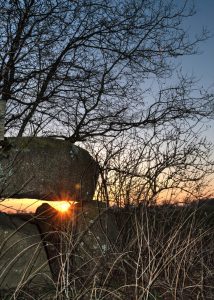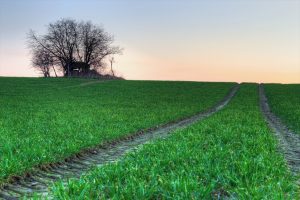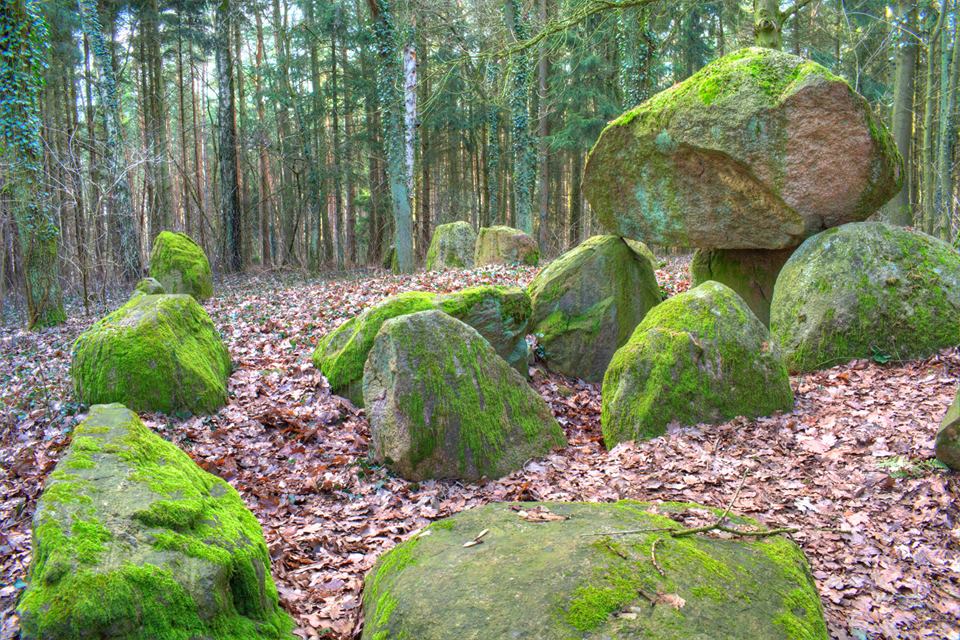
Our region is well known for it’s more recent history, dukes, knights and nobles, it’s 2000 castles, manor houses and stately homes but it is also a very important area for these structures left by ancient tribes more than 5000 years ago, some just 500m from Schloss Leizen.
It is always fascinating for our young guests to visit these local sites, imagining and understanding that people lived in the exact same spot many thousands of years ago.
Stonehenge is perhaps the most famous megalithic ancient monument, but our local dolmens, known as Hünergräber or Groβsteingräber in German are older, having been built between 4000-3000BC. Our region of Mecklenburg Vorpommern has one of the highest concentrations of such monuments in the world, it is estimated that there were more than 5000, now just over 1000 remain, all of which are protected by law and some are just a short walk from Schloss Leizen!

Much like Stonehenge nobody knows for sure what their purpose was, nor how they were built, many centuries later supposedly more advanced cultures referred to them as “Devil’s Ovens” as they could not figure out how such large and heavy stones could even be moved let alone lifted.

What we do know is that they are formed from boulders left by the glaciers of the ice age around 10,000 years ago. Most people believe they were tombs for chiefs of the tribes of Neolithic people who inhabitated this area at the time. When they were built they were covered in earth to form a mound, it is only after this earth has gradually worn away that the stones can be seen.

The Dolmens in our area were built by members of the Funnelbeaker culture who came from further south bringing farming and husbandry (keeping of animals) with them to the hunter-gatherer Neolithic tribes of the North. Called “Funnelbeaker” due to the pots they created with funnels at the top, they were amongst the first in Europe to farm dairy animals and make and consume dairy products.

Tools, pottery and even jewellery made from Amber have all been found in local dolmens, though none of these artifacts remain. Also during the 13th-14th Century many Dolmens were raided, not for treasure but for the stones they are made of, to build churches, walls and other structures. During the 18th-20th Century as more and more land was claimed for agriculture many were just cleared away. It is estimated more than 4000 were destroyed in Mecklenbug Vorpommern.
We are lucky to have such ancient monuments so close to Germany For Kids, they often form part of our programs, simply as history study, but also as a unique and exciting check-point in our GPS treasure hunts.
If you want to know more here is a great site (in German) which lists all the best megalithic monuments in Mecklenburg Vorpommern with photos and co-ordinates. Around 20 fall within a few kilometres of Schloss Leizen.
